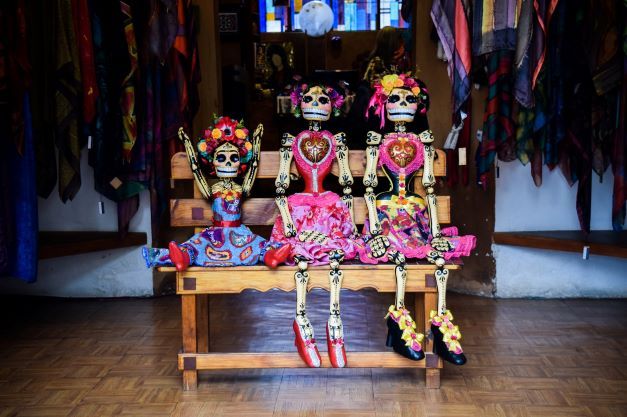Day of the Dead, a Mexican holiday with a unique history
The altar represents a synthesis of native beliefs and Spanish customs. The event is held in Mexico on November 1st and 2nd. What makes this holiday so special is that people share food with both the living and the dead.





